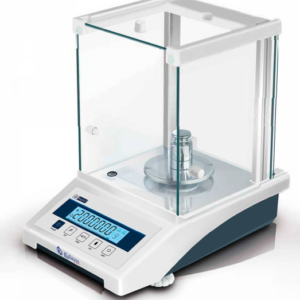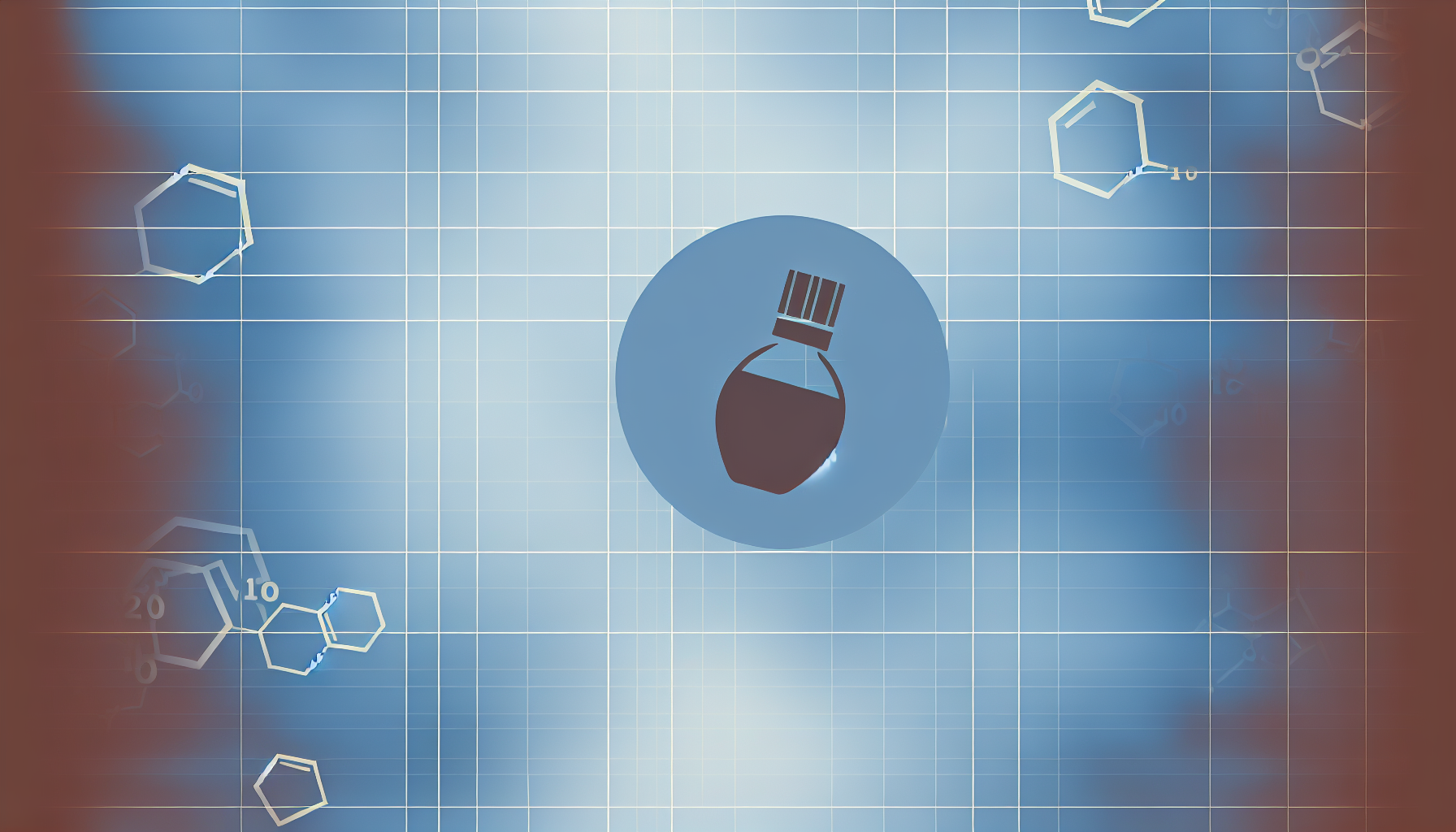Lyme disease is a Borrelia burgdorferi infection with possible manifestations in the skin, nervous system, heart, musculoskeletal system, and other organs. The various symptoms of the disease are well characterized and can be divided into early and late manifestations. Antibiotics are used for Lyme disease therapy, and the sooner treatment is started, the sooner the symptoms of Lyme disease disappear. Among the most common symptoms include:
- Rashes, which appear about 30 days after the tick bite
- Body pain
- Fever
- Swollen glands
- Physical exhaustion
At the same time, the rate of complications decreases with early and correct treatment. The appropriate dose of an antibiotic should be given for as long as determined by the physician. Thus, guaranteeing the amount of the drug according to the prescribed dose is possible only with the support of an analytical balance. Lyme disease is a serious disease that can cause complications and secondary damage if not treated properly.
Antibiotics used in Lyme disease
The antibiotics prescribed by your doctor and for how long in each individual case depend, among other things, on the symptoms of Lyme disease (early or late manifestations), the age of the patient and, in the case of women, a possible pregnancy or breastfeeding. The most common drugs used to treat this condition are:
Doxycycline
- Amoxicillin
- Cefuroxime
- Azithromycin
How is Lyme disease treated with antibiotics?
For early manifestations, such as typical “wandering redness,” doctors usually use doxycycline or amoxicillin to treat Lyme disease. These antibiotics are taken as tablets or suspension (often several times a day). Doctors usually prescribe the drugs for 10 to 21 days (the exact duration of therapy depends on the duration and severity of symptoms as well as the antibiotic).
Doxycycline is very effective and is usually well tolerated. However, pregnant women cannot take this antibiotic. They’re given amoxicillin instead. Amoxicillin is also preferred to doxycycline for early treatment of Lyme disease in breastfeeding mothers. Children 9 years of age and older can be treated with doxycycline as adults.
Younger children, on the other hand, are usually given amoxicillin (sometimes also other antibiotics). This is because doxycycline can cause, among other things, tooth discoloration and damage to the enamel. Therefore, it should be given only after enamel has formed. Possible alternatives to doxycycline and amoxicillin (for example, in case of allergy) are the antibiotics cefuroxime and azithromycin. Some doses of these antibiotics are indicated for adults, according to the indications of some physicians’ associations:
- Doxycycline 200 mg daily for 10 to 21 days
- Amoxicillin (500 mg, in some recommendations 1000 mg) three times a day, also for 10 to 21 days.
- Cefuroxime 500 mg twice daily for 10 to 21 days
- Azithromycin 500 mg once a day for 5 to 10 days
Analytical balance and dose of the antibiotic
As indicated in the above referenced doses, the amount of antibiotic is below the gram. In the case of infant formulae, which are usually sold in powder form to prepare a suspension, the doses are even lower. For example, it is recommended for children under 9 years of age to administer amoxicillin at a dose of 50 mg/kg body weight in 3 doses (maximum 3×500 mg/day); from 9 years of age, doxycycline 4 mg/kg body weight (maximum 200 mg/day) can be used.
This makes the accuracy and precision requirements for the measurement of these antibiotics have to be rigorous, since the side effects that may occur, or those that depend on the pharmacokinetics of the drug, are avoidable when administering the correct dose. In this case, the analytical balance provides a reliable measure of these antibiotics for the correct treatment of Lyme disease.
Why choose Kalstein’s analytical scale for antibiotics?
For the treatment of a disease as delicate as Lyme, you should trust that the dose of antibiotic is the right one, in which case, the analytical balance of the manufacturer Kalstein provides that certainty. The purchase of this balance, in its models YR053501 // YR053502, at a reasonable price, will have a equipment with a precision to mediate small masses of around tenths of milligram, with a short stabilization time, and an electromagnetic sensor for the measurement of the weights. Other technical specifications of this scale can be located at the link HERE




